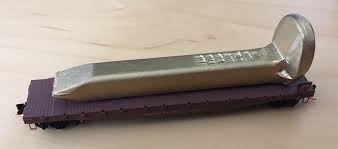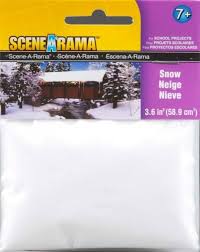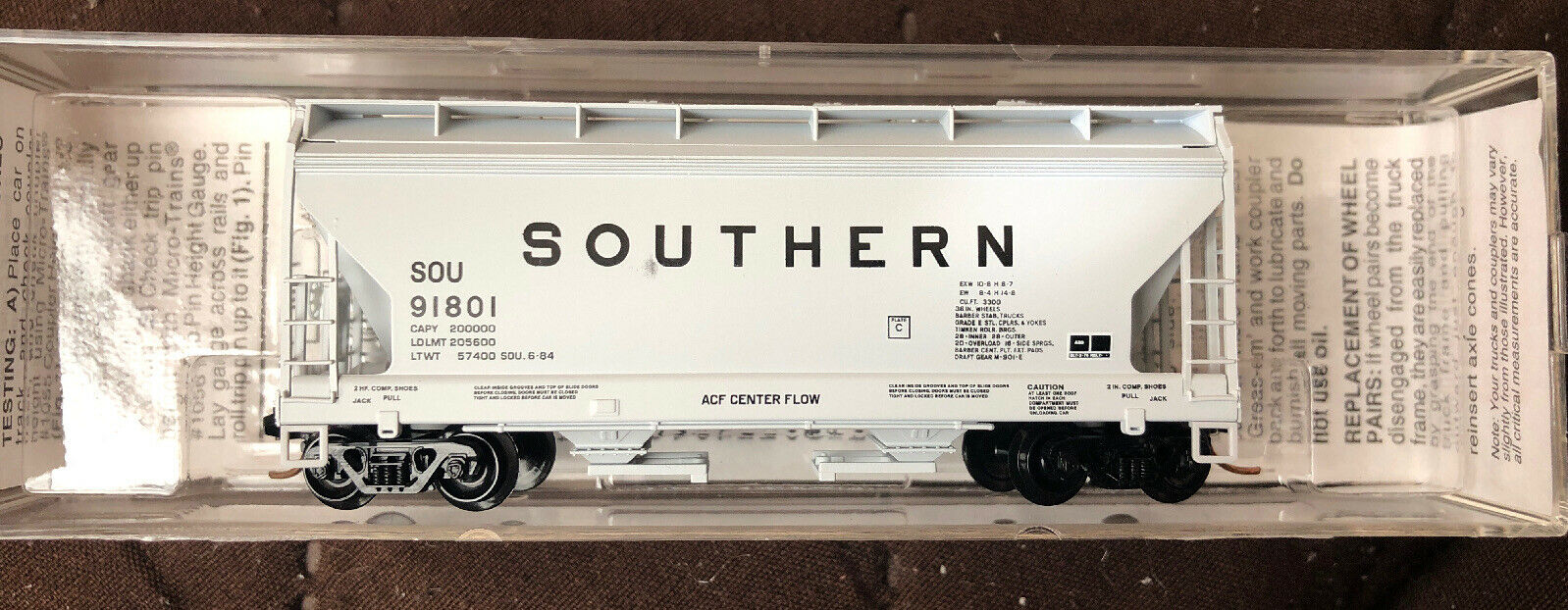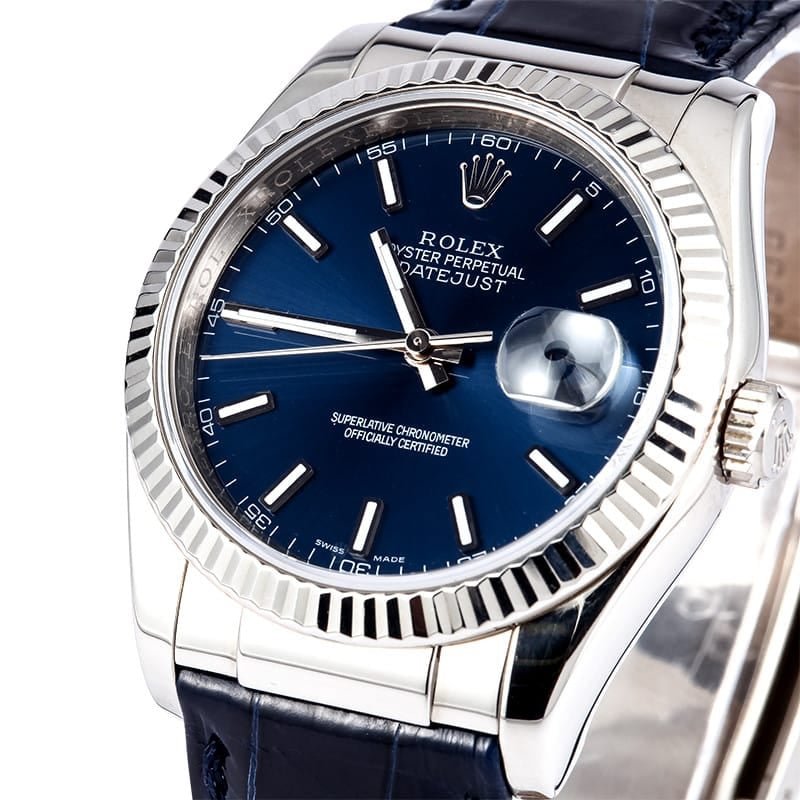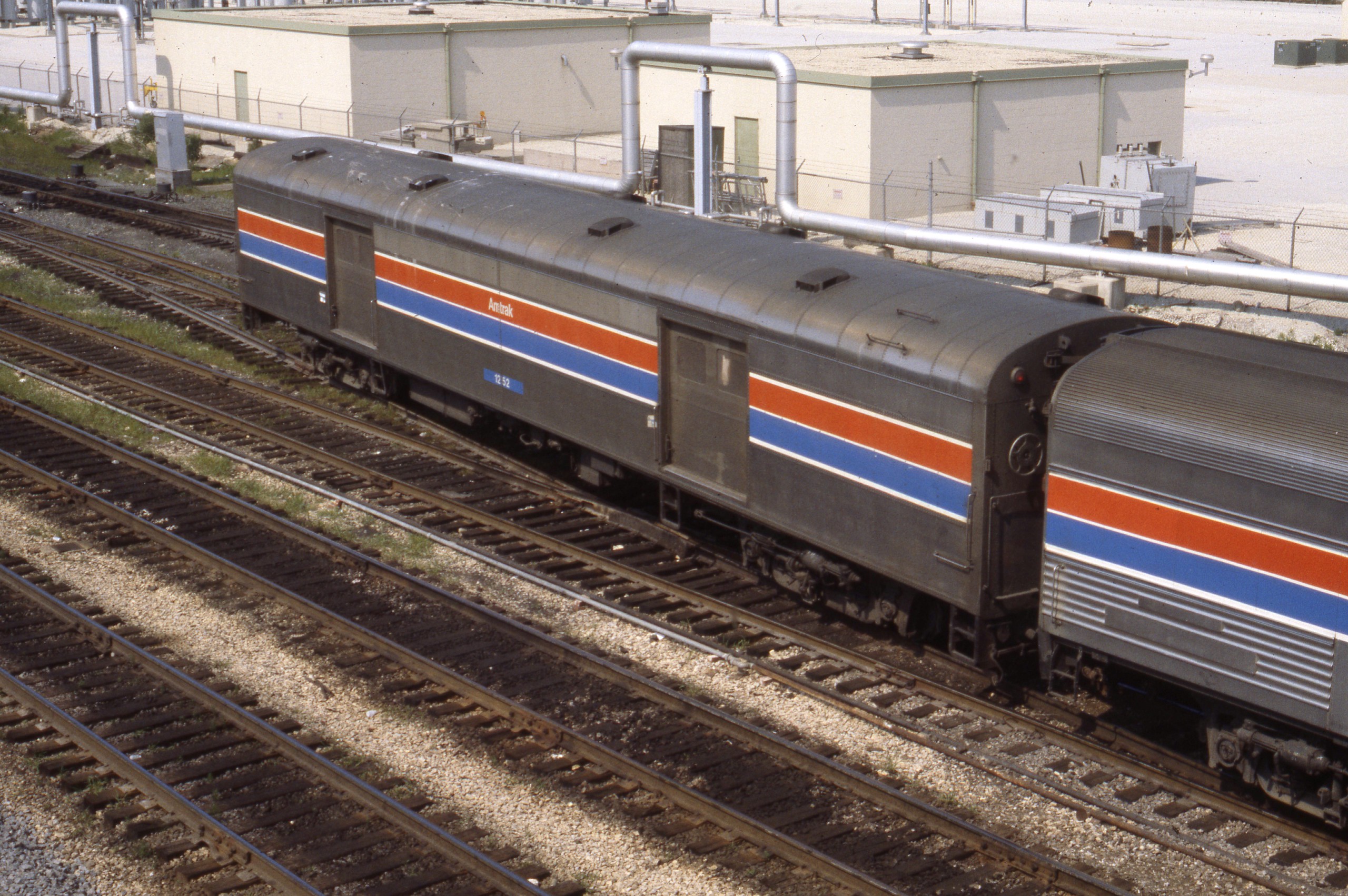Prototype History: When lightweight cars came to the Pullman fleet in the early 1940s, their smooth sides lent themselves to classy, colorful paint schemes. Baggage cars operated on everything from premier trains to mail runs from coast to coast, normally mixing with the head-end cars of connecting lines.
These versatile cars ride on GSC 41-N trucks with metal wheelsets.
Corrugated stainless-steel sides, later added to match the look (and acknowledge the competition) of Budd's stainless-steel designs, created a variety of cars that ran on premier passenger trains.
These versatile cars ride on GSC 41-N trucks with metal wheelsets.
Corrugated stainless-steel sides, later added to match the look (and acknowledge the competition) of Budd's stainless-steel designs, created a variety of cars that ran on premier passenger trains.
Road Name History: 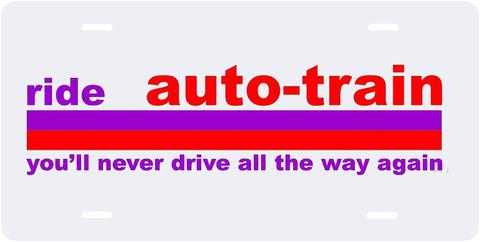 Auto-Train was incorporated in 1969 and began operations in late 1971. Initially, they hauled passengers and their automobiles from Lorton in Northern Virginia to Sanford, Florida which is not far from Orlando. RF&P and Seaboard Coast Line were the host railroads. The passenger car fleet was purchased secondhand from various roads and the autoracks were an early design from Canadian National. GE U36B's were used for road power (built to Seaboard Coast Line specifications.) Lorton was the northern terminus because the autoracks would not fit the clearances in Washington D.C. and points north. Auto-Train featured daily departures from both ends. The trains were popular and usually exceeded 30 cars evenly split between autoracks and passenger cars. In 1974, Auto-Train expanded with trains running between Louisville and Sanford. This second route was a failure and this combined with a couple of expensive wrecks sent Auto-Train into a downward spiral. In 1980, they declared bankruptcy and the following April, the last Auto-Train ran. Amtrak resurrected the idea in 1983 with a tri-weekly service on the Lorton - Sanford route.
Auto-Train was incorporated in 1969 and began operations in late 1971. Initially, they hauled passengers and their automobiles from Lorton in Northern Virginia to Sanford, Florida which is not far from Orlando. RF&P and Seaboard Coast Line were the host railroads. The passenger car fleet was purchased secondhand from various roads and the autoracks were an early design from Canadian National. GE U36B's were used for road power (built to Seaboard Coast Line specifications.) Lorton was the northern terminus because the autoracks would not fit the clearances in Washington D.C. and points north. Auto-Train featured daily departures from both ends. The trains were popular and usually exceeded 30 cars evenly split between autoracks and passenger cars. In 1974, Auto-Train expanded with trains running between Louisville and Sanford. This second route was a failure and this combined with a couple of expensive wrecks sent Auto-Train into a downward spiral. In 1980, they declared bankruptcy and the following April, the last Auto-Train ran. Amtrak resurrected the idea in 1983 with a tri-weekly service on the Lorton - Sanford route.

Brand/Importer Information: Micro-Trains Line split off from Kadee Quality Products in 1990. Kadee Quality Products originally got involved in N-Scale by producing a scaled-down version of their successful HO Magne-Matic knuckle coupler system. This coupler was superior to the ubiquitous 'Rapido' style coupler due to two primary factors: superior realistic appearance and the ability to automatically uncouple when stopped over a magnet embedded in a section of track. The success of these couplers in N-Scale quickly translated to the production of trucks, wheels and in 1972 a release of ready-to-run box cars.
Micro-Trains Line Co. split off from Kadee in 1990 to form a completely independent company. For this reason, products from this company can appear with labels from both enterprises. Due to the nature of production idiosyncrasies and various random factors, the rolling stock from Micro-Trains can have all sorts of interesting variations in both their packaging as well as the products themselves. When acquiring an MTL product it is very important to understand these important production variations that can greatly enhance (or decrease) the value of your purchase.
Micro-Trains Line Co. split off from Kadee in 1990 to form a completely independent company. For this reason, products from this company can appear with labels from both enterprises. Due to the nature of production idiosyncrasies and various random factors, the rolling stock from Micro-Trains can have all sorts of interesting variations in both their packaging as well as the products themselves. When acquiring an MTL product it is very important to understand these important production variations that can greatly enhance (or decrease) the value of your purchase.
Item created by: gdm on 2019-02-01 18:32:56
If you see errors or missing data in this entry, please feel free to log in and edit it. Anyone with a Gmail account can log in instantly.
If you see errors or missing data in this entry, please feel free to log in and edit it. Anyone with a Gmail account can log in instantly.




